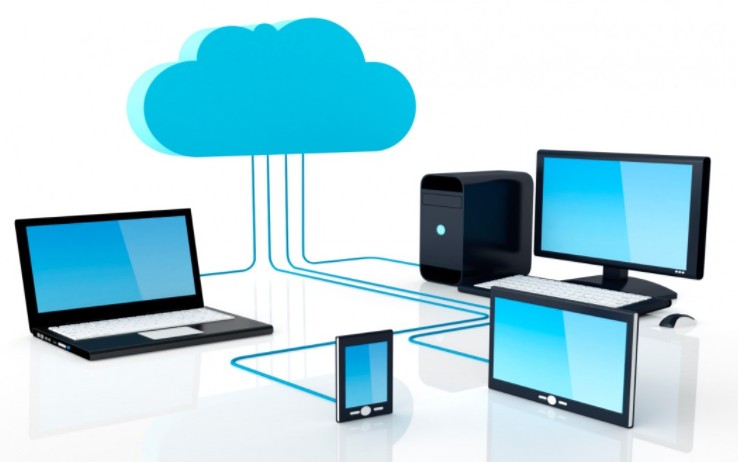There are five approaches to desktop virtualization solution: Operation System Provisioning, Remote Desktop Services, Client Hypervisors, Client Side Hosted Virtual Desktops and Application Virtualization.
Today, drastic changes in technology leave businesses stressed out. For instance, implementing desktop computers is a tall order, with operating system patches being released every week for operating systems and handling software updates can be a herculean task. Whenever new employees come on board, a machine has to be ready, but it can take several hours for setting it up the traditional way, such as installing, patching, and guaranteeing to ensure that the network has correct network credentials.
However, ample time can be saved with desktop virtualization solutions. Desktop virtualization is also known as a technology born out of the hypervisor revolution. It is considered to be a highly mature solution for delivering reliable, safe, and centrally managed desktops, with several advantages over laptops.
Most of the businesses are focusing on desktop virtualization as a way to offer computing to their workforce and trim the costs.
Through desktop virtualization, the desktops are hosted in the data center and can be accessed from any device from any place. Subsequently, it aids to support new business models and improve IT operations.
Desktop virtualization solution entails the servers, virtualization software on the servers or virtual image on the desktops. Nonetheless, it is not only restricted to desktops as it could be smartphones, thin-clients, or laptops.
On the one hand, in an organization, one is supposed to pay for virtualization software and licensed costs for the required number of virtual desktop sessions. And on the other, one has to incur expenditure for operating system license costs.
There are five approaches to desktop virtualization solution: Operation System Provisioning, remote desktop services, client hypervisors, client-side hosted virtual desktops, and application virtualization.
That said, these are the benefits of desktop virtualization:
Virtual Desktop Solutions Permit Mobile Access to Applications
Virtual Desktop Infrastructure (VDI) solutions make it easier to work from home. There is no need for the employees to bring their work machines home with them and connect to the server over a virtual private network (VPN). A virtual desktop gives users secure access to all software programs and files at work.
Virtual desktops are flexible
All the employees in an organization require access to different programs and file directories. With a few clicks, virtual desktop operators can give access to all applications served on the server. At the same time, virtual desktops can be modified at the user level.
Streamlined management
As everything is centrally handled, stored, and safeguarded, virtual desktops remove the need to install, update, and patch applications. Also, desktop virtualization helps to restructure management for software assets.
Heightened security
Virtual desktops provide a good amount of security to an organization as employees are not carrying around any sensitive confidential company data on any device that could be stolen or damaged. For example, in healthcare, it is important to meet privacy regulations as virtual desktops provide secure access to patient records, without confidential information being downloaded. Overall, desktop virtualization solutions offer data integrity benefits.
Reduced costs
Implementation of VDI ensures a reduction in costs for business. As the software licensing necessities are minor, there are sufficient cost savings on applications. Also, as the minimal staff is required to handle troubleshoot user problems, companies save money in the IT department.
Increased efficiency
In every organization, virtual desktops allow employees to access documents and applications from multiple devices, such as desktop computers, tablets, laptops, and smartphones. As a result, it improves the productivity of workers to access data from anywhere. Regardless of where an employee is positioned like another state or building, a virtualized desktop gives the ability to become productive. Moreover, if an employee’s device is faulty, they can simply log in from any device and carry on working as the device was not stored locally.
Gain flexibility
At the time of providing new computer terminals, desktop virtualization removes all physical constraints. The time required to modify virtual PCs is mere minutes. The administrator can develop the architecture in a quick manner and arrange thousands of virtual PCs from anywhere in the company.



